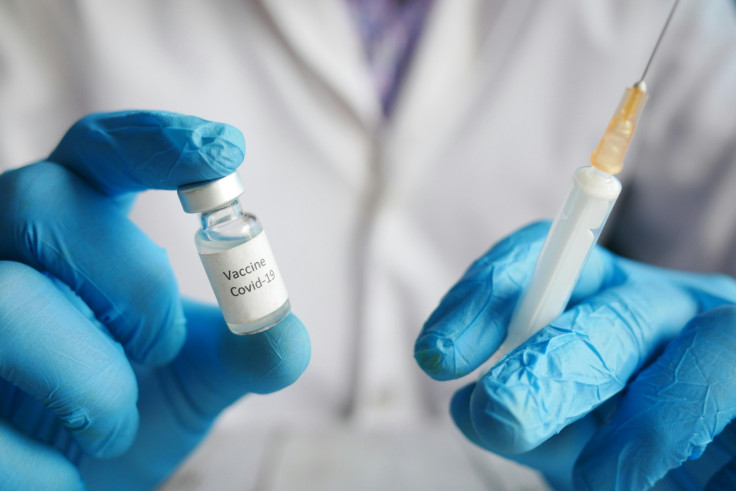
Vaccines are among the greatest achievements in medical science, saving millions of lives every year. They protect individuals and entire communities from infectious diseases such as measles, polio, influenza, and COVID-19. Understanding how vaccines work begins with knowing how the body's immune system defends itself from harmful invaders. Through decades of research, vaccine science has developed safe and effective ways to train the immune system to recognize and combat pathogens—without causing illness.
This article provides a detailed look at how the immune system works, how vaccines mimic natural infections to build immunity, and the modern innovations shaping the future of vaccination.
What Is the Immune System and How Does It Protect Us?
The immune system is the body's defense network, made up of organs, cells, and proteins that protect against viruses, bacteria, and other pathogens. It operates through two primary layers:
- Innate immunity: This is the first line of defense, acting quickly to block or destroy pathogens that enter the body. It includes physical barriers, such as the skin, as well as immune cells that recognize and attack foreign invaders.
- Adaptive immunity: This system develops over time and provides targeted defense. Specialized white blood cells—B cells and T cells—learn to recognize specific pathogens and eliminate them efficiently.
A key feature of adaptive immunity is immunological memory. After fighting off an infection, the immune system retains a "blueprint" of the invader. Memory cells enable a faster and stronger response if the same pathogen appears again—often preventing reinfection entirely.
How Vaccines Work to Train the Immune System
Vaccines are designed to safely mimic an infection, allowing the immune system to build memory without the risks of actual disease. They introduce a harmless part of the pathogen—such as a weakened virus, an inactivated bacterium, or a genetic code that makes a viral protein—triggering the body to produce antibodies and memory cells. When a vaccinated person encounters the real pathogen later, the immune system recognizes it instantly and launches a defense before the disease can take hold.
Types of Vaccines
Different technologies are used to achieve this immune training:
- Live-attenuated vaccines: Contain a weakened form of the pathogen (e.g., measles, mumps, and rubella vaccines). These create strong, long-lasting immunity.
- Inactivated vaccines: Use killed pathogens (e.g., polio vaccine) and are safer for people with weakened immune systems.
- Subunit or protein-based vaccines: Include only pieces of the pathogen, like surface proteins, to stimulate a targeted immune response.
- mRNA vaccines: Provide the genetic instructions for cells to produce a harmless piece of the virus, training the immune system (used in COVID-19 vaccines).
- Viral vector vaccines: Use a harmless virus to deliver genetic material that teaches cells to recognize and fight the target pathogen.
Each type has advantages, but all share a common goal—to prepare the immune system for future protection.
Vaccine Science and Modern Innovations
Recent advancements in biotechnology have revolutionized vaccine development. mRNA vaccine science in particular represents a breakthrough, allowing scientists to create vaccines faster and adapt them to emerging variants or new diseases. Instead of introducing a weakened virus, mRNA vaccines instruct the body's cells to produce a harmless version of the virus's protein—enough to train the immune system safely.
Viral vector vaccines, such as those for Ebola and COVID-19, use modified viruses to deliver genetic material into cells, prompting an immune response. This method has proven both flexible and effective.
Researchers are also developing universal vaccines that could provide broad protection against multiple strains of influenza or coronaviruses, reducing the need for frequent updates. Other innovations include needle-free delivery systems, nanoparticle vaccines, and AI-assisted vaccine design, which accelerate research and enhance safety.
These scientific advancements represent a major leap forward in global health, offering hope for faster responses to future outbreaks and more equitable access to vaccines worldwide.
Global Impact and the Importance of Vaccination
Vaccines have transformed global health, saving millions of lives and eradicating or controlling deadly diseases. Smallpox was eliminated in 1980 thanks to widespread vaccination, and diseases like polio and measles have been dramatically reduced worldwide.
In pandemics, vaccines serve as a critical defense, helping slow transmission and prevent severe illness. Widespread vaccination also contributes to herd immunity, which protects vulnerable individuals who cannot be vaccinated due to medical conditions.
Beyond health benefits, vaccines strengthen economies by reducing healthcare costs and preserving workforce productivity. The success of immunization programs highlights how vaccine science not only prevents disease but also promotes global stability and development.
Conclusion
Vaccines represent a remarkable union of biology, technology, and public health. Understanding how vaccines work helps demystify the process of building immunity and underscores the importance of vaccination in safeguarding communities. Guided by modern vaccine science, innovations like mRNA and viral vector technologies continue to expand the possibilities for global disease prevention.
The immune system's ability to learn and remember pathogens is the cornerstone of protection—and vaccines are its greatest ally. Supporting vaccination efforts and scientific research ensures a healthier, more resilient future for everyone.
Frequently Asked Questions
1. How do vaccines work to protect against disease?
Vaccines train the immune system to recognize and fight pathogens. They safely imitate infection, prompting the body to create antibodies and memory cells that defend against future exposure.
2. What is the difference between types of vaccines?
Different vaccines use various methods to introduce the immune system to a pathogen—live, killed, or genetic material. The choice depends on the disease, population, and safety considerations.
3. How does the immune system respond to vaccines?
After vaccination, the immune system produces antibodies and memory cells. These cells remain in the body, providing long-term protection if the person encounters the actual disease.
4. Can vaccines cause the disease they protect against?
No. Modern vaccines are rigorously tested for safety. Live-attenuated vaccines use weakened pathogens that cannot cause disease in healthy individuals, while other types contain no live organisms.
Originally published on Science Times







